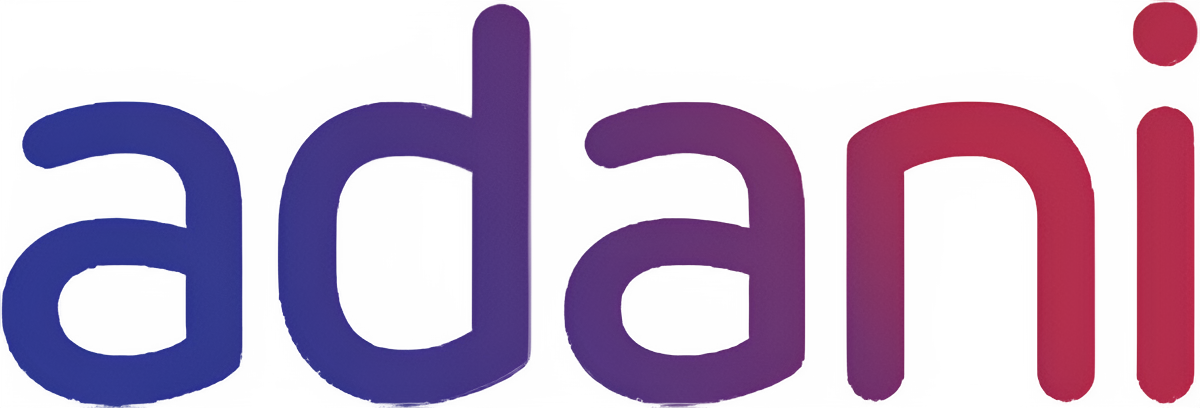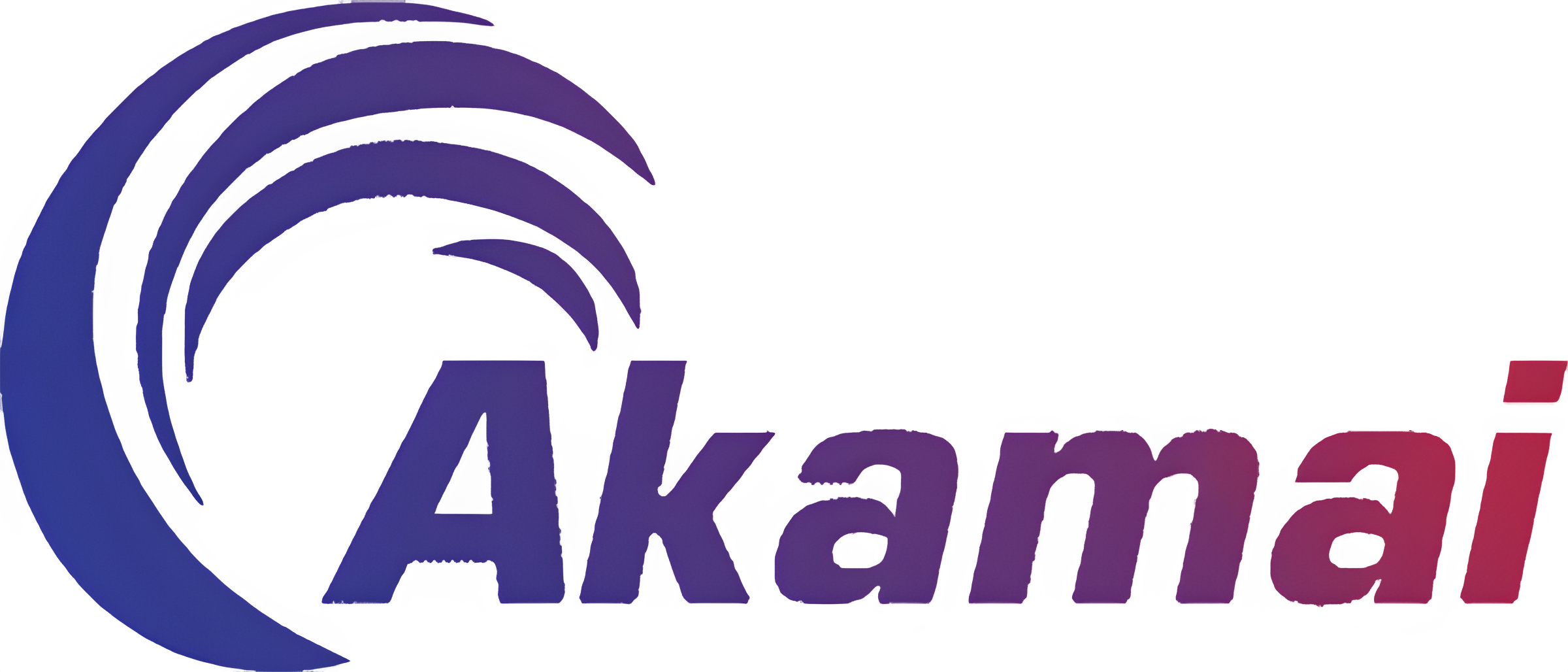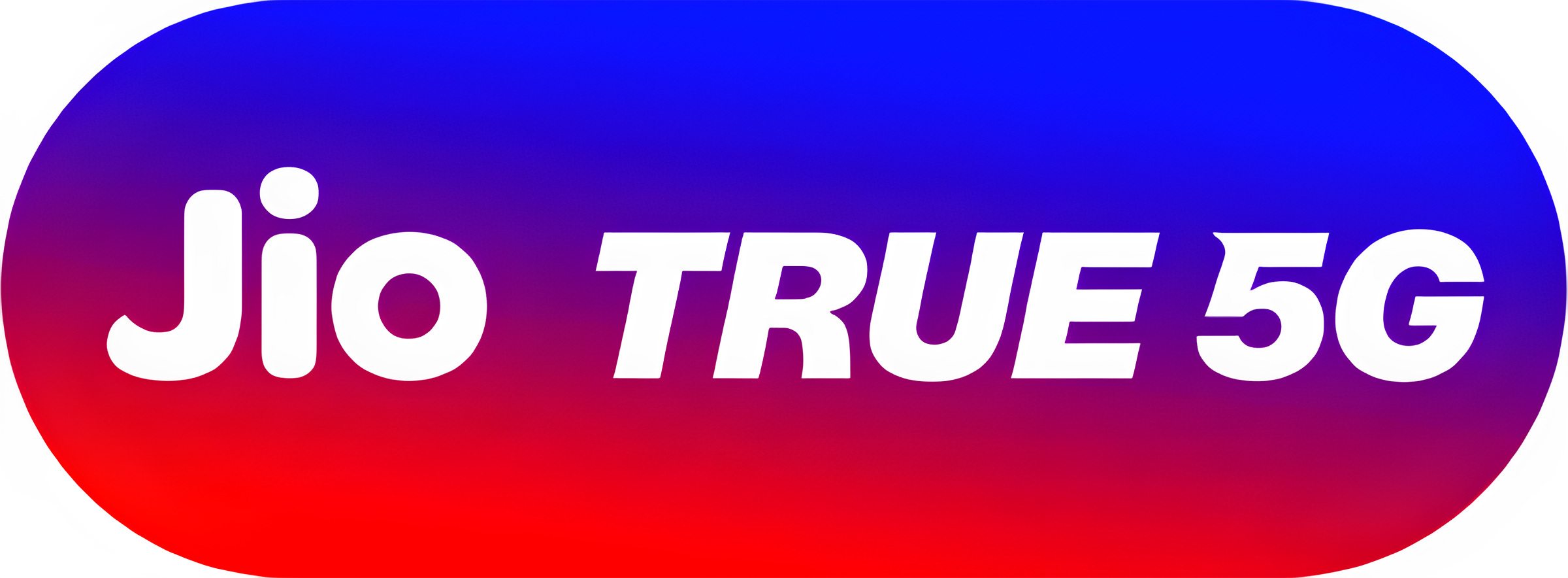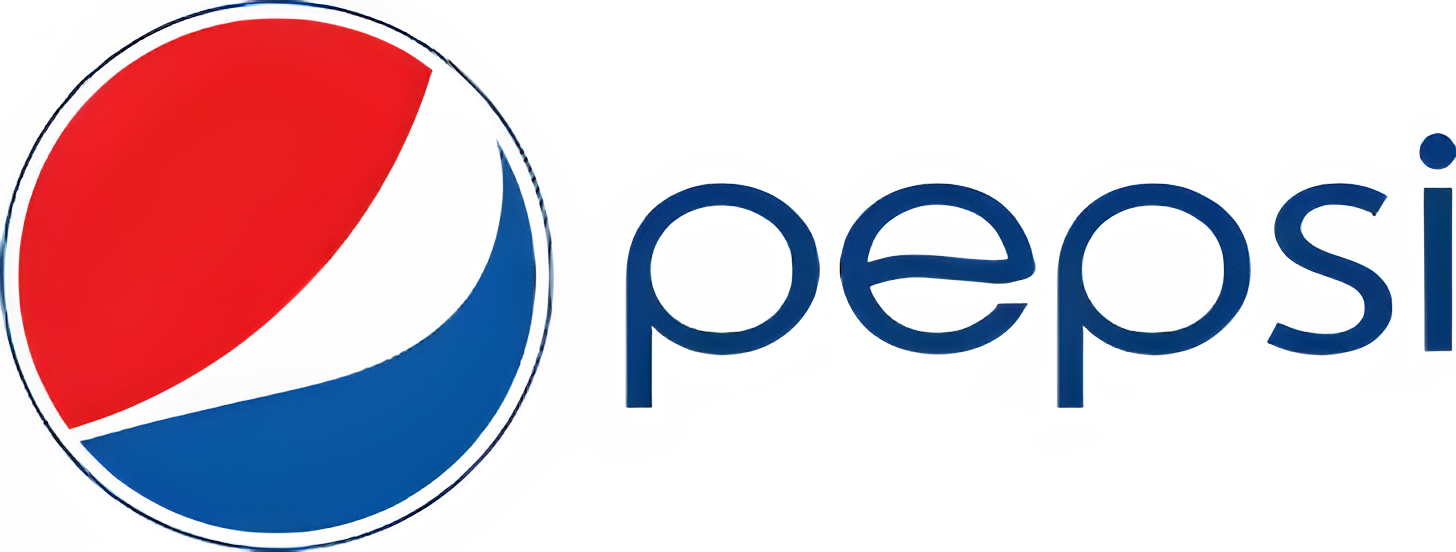How to Make eLearning App Like BYJU’S or Unacademy
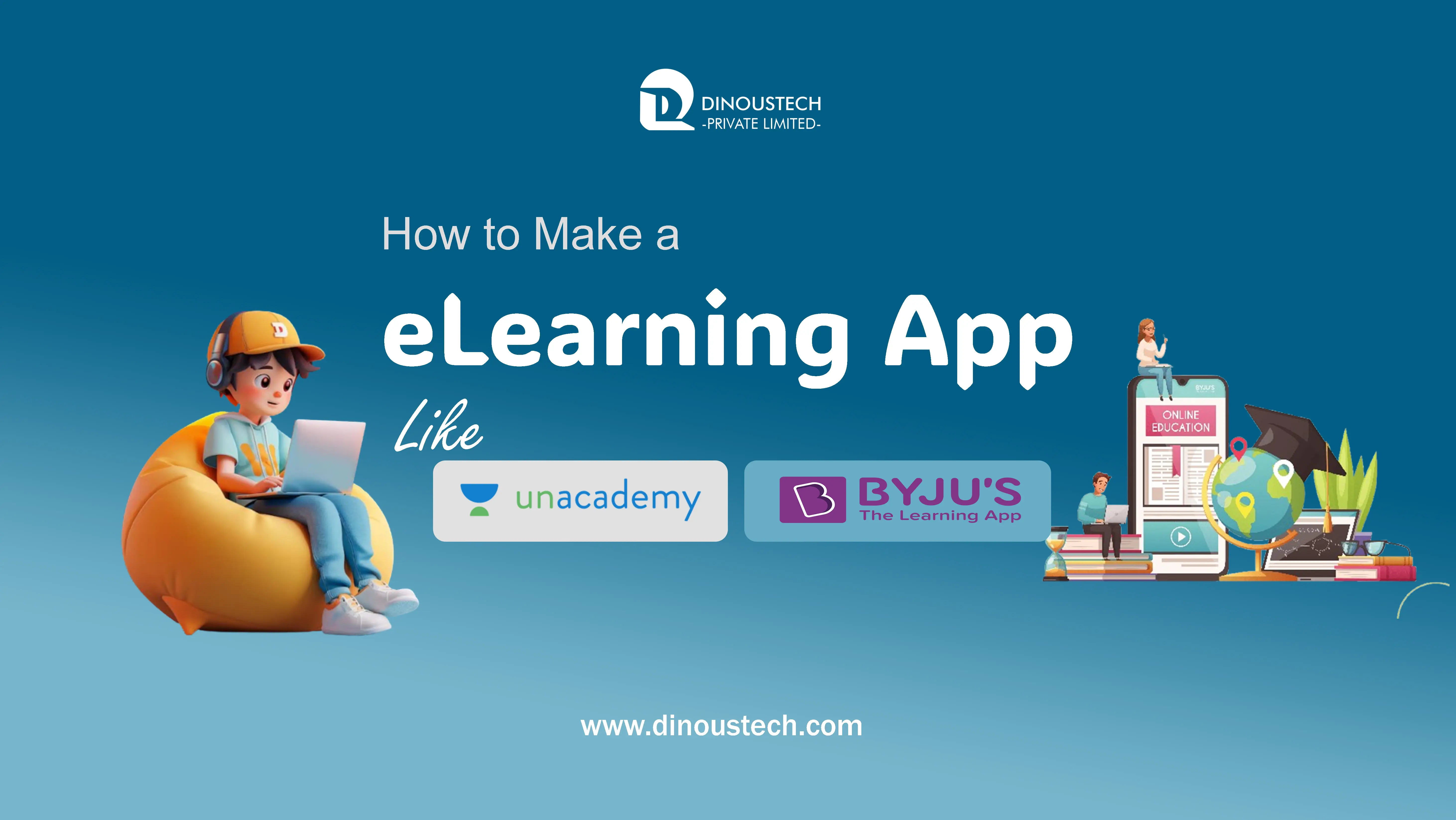
Building a learning app like BYJU’S or Unacademy demands a deep understanding of the rapidly expanding EdTech landscape, coupled with a clear vision for user engagement and monetization. The global e learning market is projected to exceed USD 28 billion by 2033, with the Indian segment alone reaching USD 2.8 billion in 2024 driven by shifts to AI powered tutoring, microlearning modules, and social learning communities. Core features include interactive video lectures, live interactive classes, adaptive learning algorithms, gamification elements, offline modules, and robust analytics. Architecturally, most successful platforms leverage cross platform frameworks such as React Native or Flutter for rapid deployment across Android and iOS, while microservices and cloud hosting ensure scalability and resilience. Integrations especially secure Payment gateway integration and real time chat functionalities are critical to seamless on demand app development. Budgets for a minimum viable product typically range from USD 15,000 to USD 50,000, whereas enterprise solutions with advanced AR/VR experiences and AI driven personalization can exceed USD 200,000.
Partnering with a dedicated mobile app development company whether you need an iPhone app development company or an Android app development company ensures you leverage best practices in UX design, agile workflows, and DevOps pipelines. This guide explores market trends, feature requirements, technology stacks, development processes, cost frameworks, and launch strategies to help you create an app that competes with industry leaders.
In recent years, e learning platforms like BYJU’S and Unacademy have revolutionized how students consume educational content, seamlessly merging self paced video lectures with live classes and interactive quizzes. Their success highlights the importance of personalized learning paths, AI driven assessments, and gamification in retaining user engagement. To replicate this success, aspiring entrepreneurs must blend pedagogical best practices with modern technology architectures. Whether you aim to create an app for test preparation, skill development, or corporate training, understanding the mobile app development process from prototyping and UI/UX design to API integration and testing is paramount.
Dubai researchers estimate that e learning app usage grew by 35% worldwide in 2023, spurred by increasing smartphone penetration and the demand for flexible, on demand learning formats. As educational institutions and corporate clients seek scalable, secure solutions, the role of an Education App Development Company becomes crucial in navigating feature trade offs, compliance requirements, and localization challenges.
Market Overview
The global e-learning market is forecast to surge from USD 12.2 billion in 2024 to USD 28.2 billion by 2033 at a 9.27% CAGR, reflecting strong adoption of mobile-based learning and AI-powered tutoring tools. The Indian EdTech sector, valued at USD 2.8 billion in 2024, is expected to grow at nearly 29% CAGR through 2033, driven by expanding internet connectivity and government initiatives. Emerging trends such as microlearning, where content is delivered in bite-sized modules, and social learning communities, which foster peer-to-peer interaction, are reshaping expectations for on-demand app development in the education space.
Defining Your Vision
Before diving into development, crystallize your app’s unique value proposition. Are you targeting K–12 students preparing for standardized tests, university learners seeking specialized courses, or professionals pursuing continuous skill upgrades? Conducting thorough competitor analyses examining BYJU’S focus on syllabus mapping and Unacademy’s live class model reveals gaps you can fill. Defining key success metrics (daily active users, completion rates, referral uplift) early on guides feature prioritization. Collaborate with instructional designers to structure personalized learning paths that adapt in real time to each learner’s progress, leveraging data analytics to refine content recommendations.
Read Also : Why Invest in Education App Development? Benefits and Opportunities
Core Features
Contemporary learning apps blend content delivery, engagement mechanics, and feedback loops into a unified experience. Interactive video lessons should integrate chapter-wise quizzes and highlight key concepts with graphic overlays. Embedding AI-powered tutoring bots can offer on-the-fly explanations and hints to struggling students, increasing completion rates by up to 20%. Live interactive classes, scheduled on-demand, allow instructors to poll attendees, facilitate Q&A sessions, and share digital whiteboards, replicating classroom dynamics in a virtual environment.
Gamification elements badges for milestone achievements, leaderboards, and streak trackers enhance motivation and social proof, as demonstrated by case studies showing 30% higher engagement in gamified courses. Microlearning modules, delivered as 5–10 minute videos or flashcards, cater to today’s mobile learners and boost retention by 25% over traditional formats. Offline mode with downloadable content ensures uninterrupted access, while push notifications and gamified reminders re-engage users who lapse. Integrating peer-to-peer chat forums and study groups fosters collaborative learning and community building.
Technology Stack & Architecture
Selecting the optimal tech stack is pivotal for performance, maintainability, and time to market. Cross-platform frameworks like React Native or Flutter expedite development by sharing UI components and business logic across Android vs iOS app targets, though complex AR/VR features may still warrant native code.
On the backend, Node.js or Python/Django microservices handle user authentication, content management, real-time chat, and analytics. Containerization with Docker and orchestration via Kubernetes delivers horizontal scalability, while message brokers such as RabbitMQ or Apache Kafka manage asynchronous tasks like quiz grading and notification dispatch. Cloud services (AWS, GCP, Azure) offer serverless functions for event-driven workloads and AI-as-a-service APIs for speech-to-text, translation, and recommendation engines. A robust Content Delivery Network (CDN) ensures fast video streaming globally.
Payment & Third Party Integrations
Monetizing your platform often requires flexible subscriptions, pay-per-course models, or in-app purchases. Payment gateway integration with PCI DSS compliance is non-negotiable to safeguard user data and build trust. Popular gateway providers (Stripe, PayPal, Razorpay) offer SDKs that simplify recurring billing, coupon codes, and multi-currency support.
Beyond payments, integrating Learning Management Systems (LMS), Customer Relationship Management (CRM) tools, and analytics platforms (Mixpanel, Google Analytics) provides insights into learner behavior and acquisition funnels. Single sign-on (SSO) with Google, Apple, or institutional credentials streamlines onboarding, while SCORM or xAPI compliance ensures content interoperability.
Read Also : A Step-by-Step Guide to Developing an Educational App in 2025
UX & Design Considerations
A user-centric interface is critical for learner retention. Employ adaptive learning pathways that modify content difficulty based on quiz performance, presenting easier modules to struggling users and advanced topics to high achievers. Interactive elements drag and drop exercises, clickable diagrams, and immersive AR/VR integration for virtual labs elevate engagement.
Accessibility is paramount: support text-to-speech, adjustable font sizes, and high-contrast themes for visually impaired users. Incorporate intuitive navigation patterns tab bars for main sections, swipe gestures for flashcards to reduce friction. Employ A/B testing to refine UI elements, optimizing for completion rates and session lengths.
The Mobile App Development Process
A structured mobile app development process spans discovery, design, development, testing, and deployment. In the discovery phase, conduct stakeholder workshops and competitive benchmarking to define user personas and feature roadmaps. Rapid prototyping validates UI flows with clickable mockups before committing resources to code.
Agile sprints, typically two weeks in duration, balance feature delivery with continuous integration and automated testing. Unit and integration tests covering content playback, chat, and payment flows should achieve at least 80% code coverage before release. User acceptance testing (UAT) with closed beta yields critical usability feedback. Upon launch, implement CI/CD pipelines for zero downtime updates and hotfix rollouts.
Selecting a Development Partner
Partnering with the right mobile app development company can make or break your project. For native excellence, consider an iPhone app development company skilled in Swift/Objective-C and an Android app development company proficient in Kotlin/Java. If you prefer faster time to market, an Elearning App Development Company with cross-platform expertise can deliver a unified codebase for both ecosystems.
Evaluate vendors on their portfolio of Education App Development Company projects, client testimonials, and domain knowledge of learning methodologies. A strategic partner will contribute product insights such as leveraging AI for personalized learning and guide you through localization, accessibility, and compliance requirements.
Cost to Develop a Mobile App
Understanding mobile app development costs is essential for budgeting. Industry benchmarks position the cost to develop a mobile app MVP with core features (video streaming, quizzes, chat, and payments) between USD 15,000 and USD 50,000. Mid-tier solutions adding gamification, AI-driven personalization, and offline capabilities can range from USD 50,000 to USD 150,000. High-complexity platforms with AR/VR labs, advanced analytics, and enterprise integrations often exceed USD 200,000. Factors influencing cost include feature scope, design complexity, number of platforms (Android vs iOS app), and region of your development partner.
Launch & Growth Strategies
Post-launch, driving user acquisition and engagement requires a multi-pronged approach. Optimize your app’s presence on the App Store and Google Play through App Store Optimization (ASO) leveraging relevant keywords such as “eLearning app,” “online tutoring,” and “skill development.” Invest in digital marketing channels search ads, social media campaigns, and influencer partnerships within academia to reach target demographics.
Implement referral incentives, cohort-based challenges, and certification badges to incentivize virality and social sharing. Regular content updates new courses, microlearning snippets, and seasonal bundles keep the platform fresh. Monitor key performance indicators (KPIs) such as daily active users (DAU), session duration, and churn rates using integrated analytics, and iterate on features based on data-driven insights.
Creating a learning app on par with BYJU’S or Unacademy requires a strategic blend of pedagogical vision, advanced technology, and meticulous execution. By embracing modern architectures whether microservices or serverless and integrating essential capabilities like Payment gateway integration and AI-powered tutoring, you can deliver a tailored educational experience. Careful budgeting for mobile app development costs and selecting the right partner be it an elearning App Development Company, or specialized iPhone and Android app development companies ensures your project meets both user expectations and business goals. With a robust launch strategy and ongoing optimization, your platform can capture market share and redefine how learners engage with content.
DinousTech Private Limited is ready to collaborate on your project, offering end-to-end expertise from ideation to launch. Reach out to turn your EdTech vision into reality.

